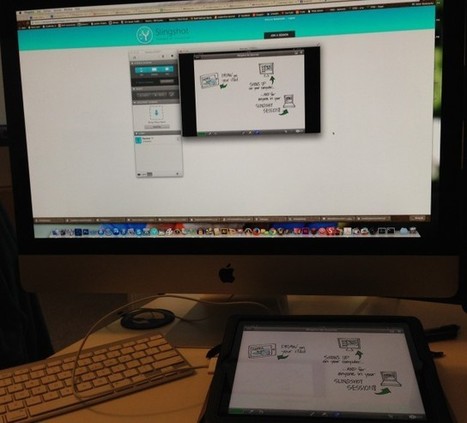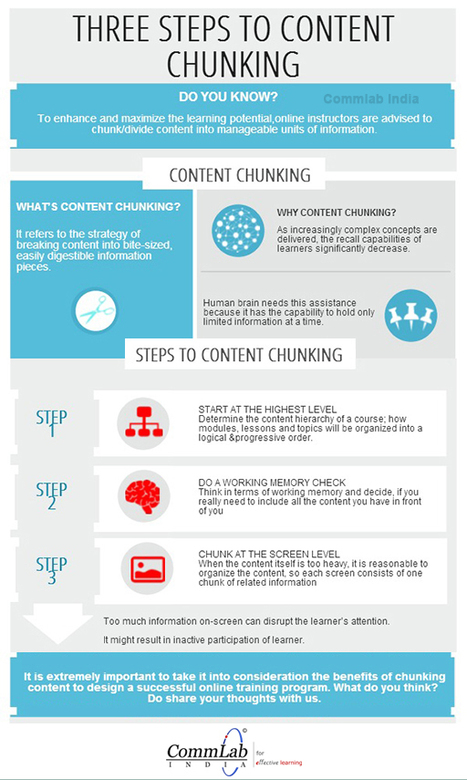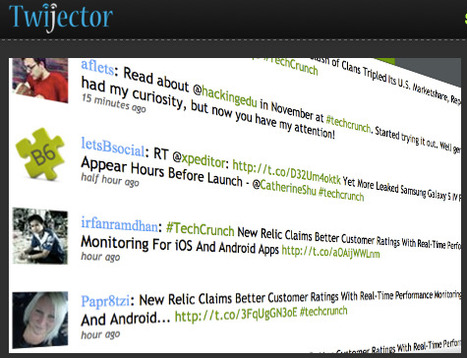ToP® Facilitation Methods Learning You Can Use Immediately Learn three proven ways to activate group participation. Hands-on practice helps you discover immediate uses in your life and work. [vimeo 34103634] Feb 11-12, 2014 Apr 8-9, 2014 Sep ...
Get Started for FREE
Sign up with Facebook Sign up with X
I don't have a Facebook or a X account
 Your new post is loading... Your new post is loading...
 Your new post is loading... Your new post is loading...

Rosemary Tyrrell, Ed.D.'s curator insight,
June 29, 2014 2:48 PM
15 great tips for engaging student attention. Well worth a read. 
KCenter SKEMA's curator insight,
July 15, 2014 11:25 AM
Grande question pour les enseignants surtout maintenant avec les "distractions" qui se multiplient |

Tina Jameson's curator insight,
June 19, 2014 11:33 PM
A nice visual of three predominantly observed theories of learning: 
José Antônio Carlos - O Professor Pepe's curator insight,
June 20, 2014 7:21 AM
Ótimo infográfico com dicas sobre as três teorias de aprendizagem (construtivismo, behaviorismo e cognitivismo) mais comuns nos programas de design instrucional. Simples sem ser simplista. 
Darleana McHenry's curator insight,
June 26, 2014 9:19 AM
I love stuff like this. It makes me think about what I am doing and why :-)

Alfredo Corell's curator insight,
June 4, 2014 6:07 PM
Interesting real time tool for integrating Twitter streams into conferences or classrooms. Just add a hashtag.

Richard Whiteside's curator insight,
November 30, 2013 4:21 AM
Lot's of people are thinking about it, but often it's a case of them wondering how it all works. This presentation from Shelly Terrell is a good starting point. |































